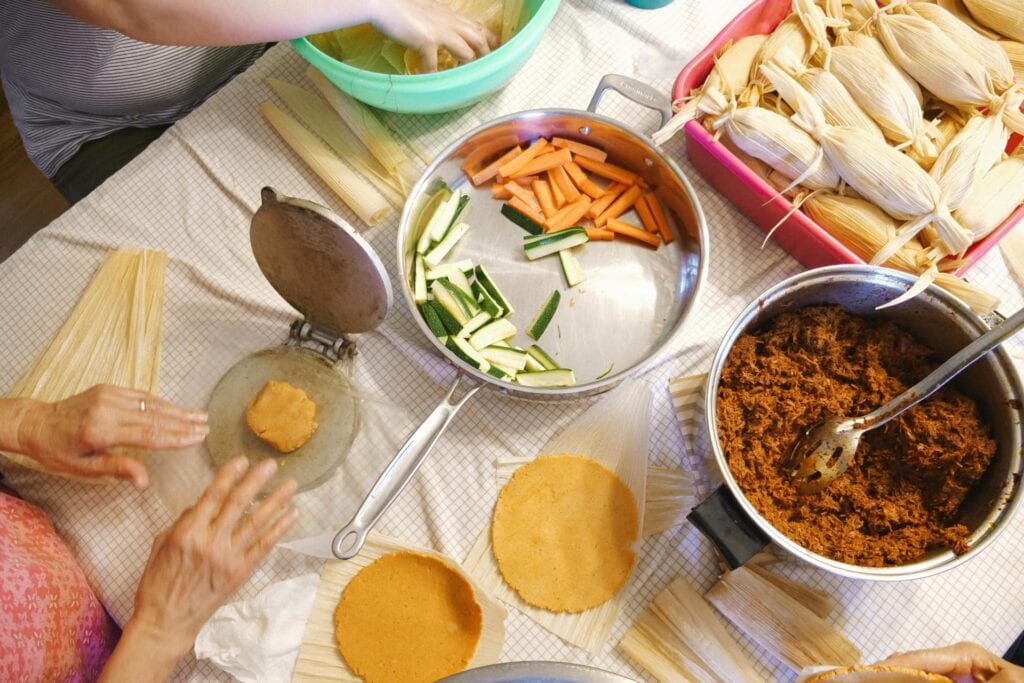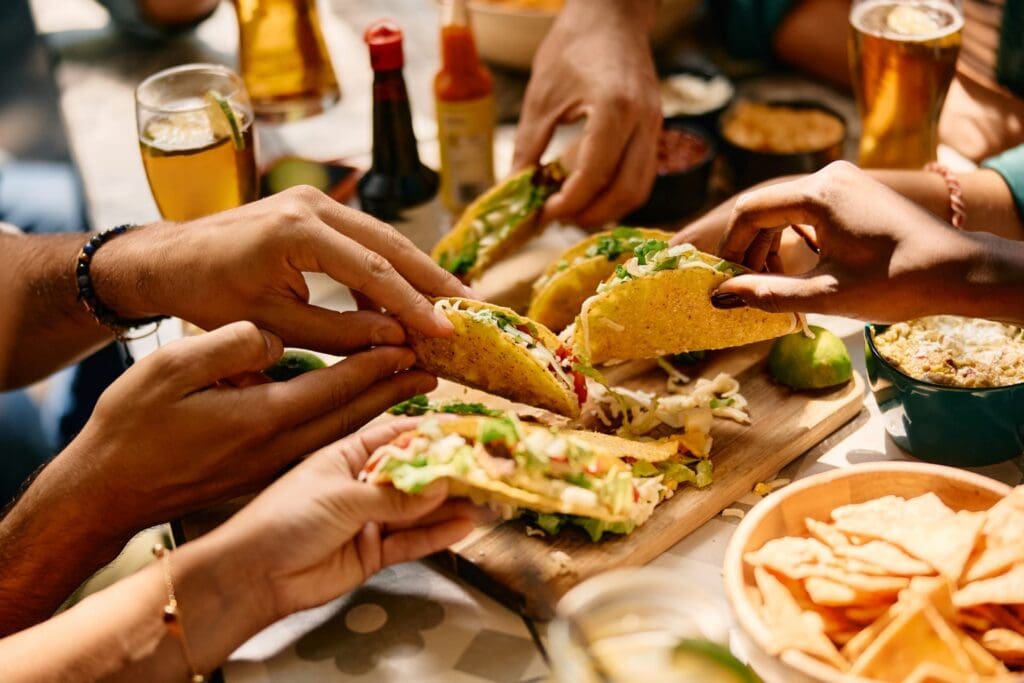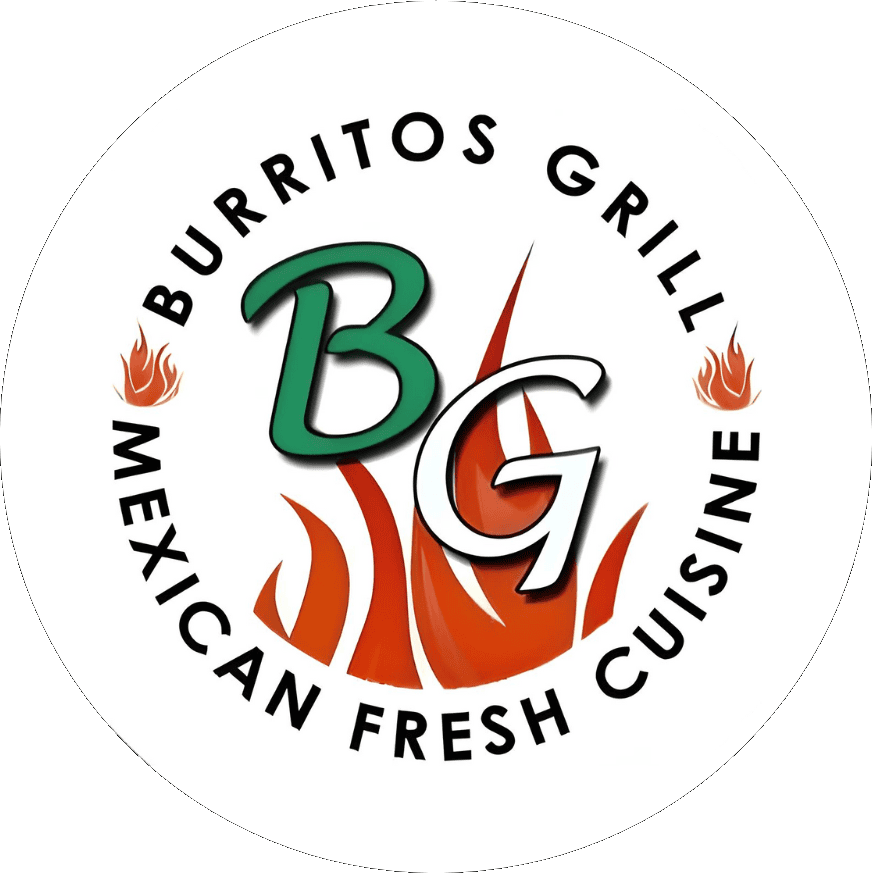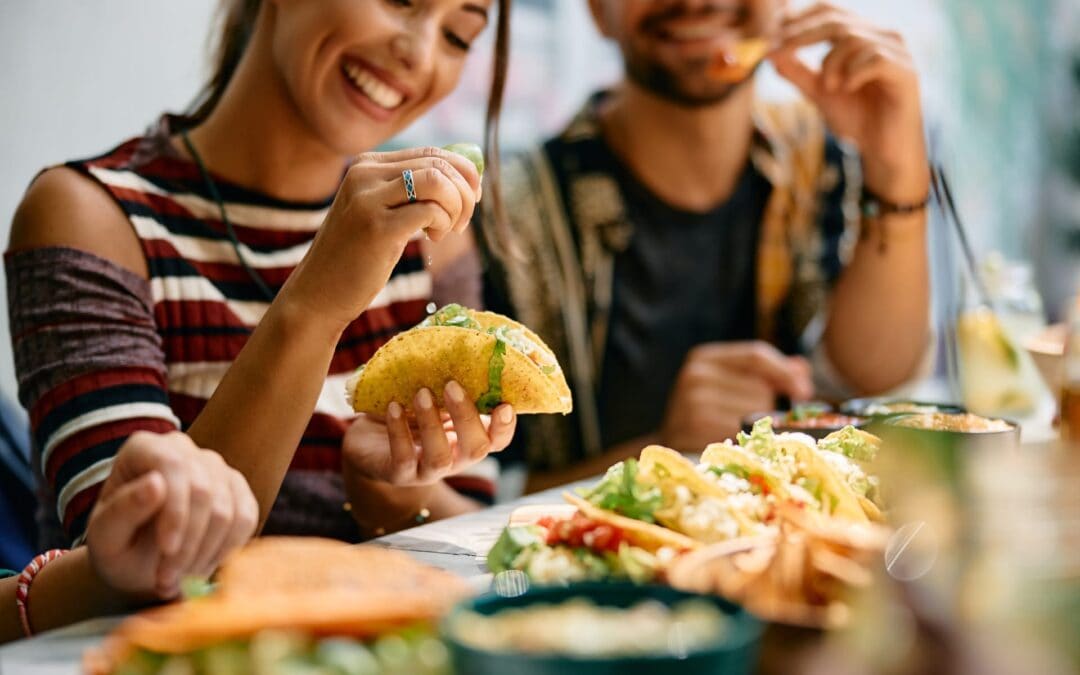Few cuisines stir up the senses quite like Mexican food. Packed with vibrant flavors, distinct textures, and a rich cultural legacy, it has earned its place on tables worldwide. The phrase why Mexican food is so good isn’t just a question—it reflects the universal craving for meals that offer both variety and comfort. What makes this cuisine stand out comes down to centuries of culinary mastery, fresh ingredients, and flavorful traditions worth exploring.
1. Bold Flavors Found in Mexican Cooking
There’s no mistaking the first bite of a well-seasoned taco or a spoonful of rich pozole. Deep, smoky layers of flavor are the heart of authentic Mexican food, a result of traditional cooking methods passed down for generations. Chefs and home cooks alike share the same passion for creating dishes where every ingredient earns its place—one cook once described simmering a mole sauce for hours until it darkened into pure magic. The reason why Mexican food is so good often circles back to the craft behind the flavor.
-
Mexican cuisine relies heavily on spices like cumin, oregano, and chili powder for complex tastes, according to the USDA’s National Agricultural Library.
-
Slow cooking methods like barbacoa, dating back to the Caribbean Taino people, deliver meat that falls apart at the touch.
-
Roasting peppers and tomatoes over an open flame deepens the flavors, a technique widely practiced in Mexican kitchens.
2. Traditional Recipes Preserving Heritage
Generational recipes stand as proof that Mexican food is much more than sustenance. Every dish carries a story—a connection to ancestors who cooked with what they grew, raised, or bartered. A grandmother’s tamale recipe, for example, might differ from one region to the next, but the care invested remains the same. The pride of tradition is one of the many reasons people constantly marvel at why Mexican food is so good.
-
Tamales trace back 10,000 years, with corn masa wrapping filling as an ancient method of portable nourishment, according to the Smithsonian National Museum of the American Indian.
-
Mole poblano, a celebrated dish with over 20 ingredients, illustrates Mexico’s blending of Indigenous and European culinary influences.
-
Classic recipes rely on nixtamalization, an ancient process of soaking corn in limewater to improve flavor and nutritional value, endorsed by the USDA.

3. Fresh Ingredients and Flavor Variety
Mexican cuisine celebrates variety through its use of seasonal and regional ingredients. Crisp vegetables, fiery chilies, sweet fruits, and earthy beans come together in endless combinations. A simple salsa can burst with flavors that change with each batch depending on what’s fresh—this unpredictability is part of why Mexican food is so good.
-
Avocados, loaded with heart-healthy fats, are native to Mexico and central to favorites like guacamole, cited by the CDC for nutritional benefits.
-
Beans, rich in protein and fiber, have been a Mexican staple for over 7,000 years, offering nourishment and versatility.
-
A wide range of peppers, from jalapeños to habaneros, lend distinct heat levels and flavors, with capsaicin content boosting metabolism, per NIH research.
4. Street Food Creating Irresistible Cravings
Street food in Mexico is an experience, not just a meal. Tacos al pastor spinning on a spit, tamales steaming in large pots, and elotes slathered in chili and cheese draw crowds daily. The reason why Mexican food is so good becomes obvious on any street corner where food is made with speed but never lacks flavor.
-
Tacos al pastor, inspired by Lebanese shawarma, combine marinated pork, pineapple, and corn tortillas into handheld perfection.
-
Elotes, or grilled corn, topped with lime, chili, and cheese, offer a savory snack deeply rooted in Mexican culture.
-
Sopes, with their thick masa base, create a crispy foundation for layers of beans, meat, lettuce, and salsa.
5. Comfort Foods Offering Rich Satisfaction
Warm, slow-cooked meals define comfort, and Mexican cuisine delivers this in spades. Dishes like birria stew, enchiladas dripping with sauce, and hearty bowls of pozole wrap eaters in a blanket of flavor and nostalgia. This powerful sense of satisfaction is a massive part of why Mexican food is so good.
-
Pozole, a hominy-based stew, dates back to pre-Columbian times and is often served during celebrations, creating deep-rooted family traditions.
-
Birria, now famous worldwide, features tender goat or beef stewed with chilies and spices, commonly served with consommé.
-
Enchiladas, rolled tortillas drenched in chili sauce, combine layers of flavor and texture that satisfy every bite.

6. Spices and Heat Bringing the Flavor Alive
The love for spicy flavors in Mexican cuisine isn’t about overwhelming the palate but creating balance. Chilies don’t just bring heat—they build layers, awakening the senses while complementing every other ingredient. This thoughtful use of spice is central to why Mexican food is so good.
-
Capsaicin in chili peppers releases endorphins, offering a natural “high” along with a health boost, according to the National Library of Medicine.
-
Dried chilies like ancho, guajillo, and pasilla each provide distinct flavor notes, from smoky to fruity.
-
Salsa varieties—red, green, raw, or roasted—are a staple, adjusting heat levels to suit every preference while showcasing Mexico’s diverse chilies.
7. Cultural Importance of Sharing Food
Mexican food goes beyond taste—it binds families and communities. Meals are events, whether a Sunday gathering or a neighborhood fiesta. The emotional connection built around food is a profound reason why Mexican food is so good.
-
Dia de los Muertos altars feature food offerings like pan de muerto and tamales, reflecting the belief that meals honor ancestors.
-
Mexican Independence Day celebrations involve traditional dishes such as chiles en nogada, symbolizing national pride.
-
Family meals often involve everyone in the cooking process, from making masa to wrapping tamales, reinforcing unity.

Why Mexican Food is So Good Key Takeaways
Mexican cuisine stands tall because it delivers more than just flavor. Each bite offers a blend of tradition, creativity, and a deep respect for the ingredients. The food tells stories of resilience, cultural pride, and culinary brilliance honed through centuries. That’s the reason why Mexican food is so good—it captures life itself, rich with taste and meaning.
-
Time-honored cooking methods create bold, unforgettable flavors.
-
Traditional recipes preserve heritage while celebrating Mexico’s Indigenous roots.
-
A colorful mix of fresh ingredients keeps every meal dynamic and nutritious.
-
Street food captures the essence of local culinary talent.
-
Spices and chilies build layers of flavor, offering both heat and complexity.
Frequently Asked Questions about Why Mexican Food is so Good
What makes Mexican food taste so complex?
The complexity comes from slow-cooked sauces like mole, diverse chilies, and rich seasoning layers built over centuries. Many recipes combine sweet, sour, bitter, and spicy flavors in a single dish.
Why is Mexican food considered healthy?
Traditional Mexican dishes often include fiber-rich beans, fresh vegetables, avocados, and lean proteins. According to the USDA, these ingredients support heart health and maintain balanced nutrition.
How do street foods represent Mexican culture?
Street foods reflect local customs, combining Indigenous and international influences. Tacos al pastor, for example, were inspired by Middle Eastern shawarma and adapted with native spices and techniques.
Is spice necessary in Mexican cooking?
While chilies are essential, not all Mexican food is fiery. Many dishes rely on mild spices or sauces where heat is optional, allowing other flavors to shine.
What role does corn play in Mexican cuisine?
Corn, often processed through nixtamalization, serves as the base for tortillas, tamales, and more. It’s a symbol of life and sustenance dating back thousands of years, rooted in Indigenous traditions.

